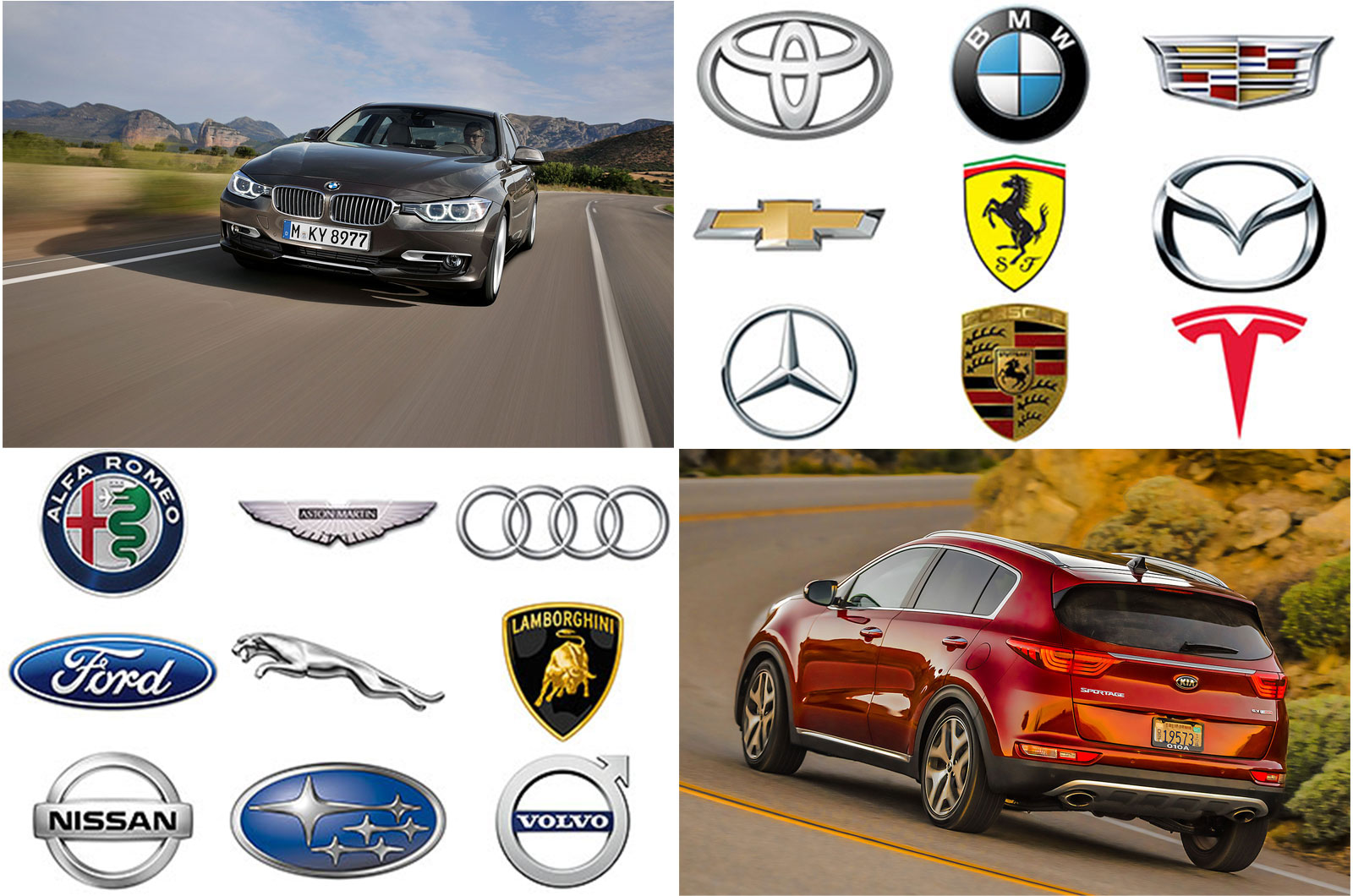nickw
Adventurer
To rein back the convo a bit - @EricTyrrell said it was "not practical" offroad due to it's tire/wheel size which is clearly bullocks. You have options of 18's to 22's, aspect ratio of 70 to 55, pretty std. stuff....some can be aired down more than others, pick your poison...that is stock.60 is low.
When off road tires went low as 65 you could somehow swallow the pill, but it crawled down to 60 and even 55 in LR.
You’ll have a true fifficulty airing down, and finding quality off-road worthy tires.
Especially out of the big urban centers.
In case of tire failure, I’m wandering if you could find such tire in back country Namibia.. or even the back country in most countries.
The problem is that these vehicles are so complex, you cannot use a different rim due caliper clearance, tires or diameter differences.
Non such issue with other vehicles.
And yes,
If LR created an impressive off-road oriented SUV, I would have expected a company with such deep roots in true off road vehicles (101, and other platforms) to attend to that matter.
Gearing in these is 3.55's to 4.10's, so re-gearing is an option depending on what get stock.
I've also read the 35's may fit with a 1" lift if you need it (can't find the article), which is probably optimistic, probably a better chance 33-34's will fit. Not sure why you think you won't be able to use different tire and/or wheel combo.....
If your use case is extended back country driving in Namibia - go buy a LC70 series, they exist in the market already and are better supported in Africa than even the old Defenders. While your at it you should probably eliminate any of the newer rigs like the Landcruiser 200, Jeep Rubicon, ZR2, etc. etc. for some of the same reasons and also poor payload capacity which is going to be important in your trip across Africa.
Edit, found article:

The New Land Rover Defender Is Designed to Make You Swoon
Exclusive details on the most hardcore Rover in decades
"Speaking with the engineering team, I asked about the ability to fit larger off-road tires. They said a 35-inch tire will certainly fit, but will require a one-inch suspension lift. A response that direct gave me the feeling that someone at Land Rover had already tried this. "


